Workplace incidents can happen very easily. They disrupt operations, harm employees, and cost businesses time and money. A thorough and well-executed Workplace Accident Investigation turns chaos into clarity. It identifies causes, prevents repeats, and keeps everyone safer. Let’s break down why it matters and how to do it right.
Why Investigate a Workplace Accident?
Every accident at work carries a lesson. Ignoring it risks bigger problems later. Investigations pinpoint what went wrong and why. They stop guesswork and replace it with facts and give the opportunity for correction.
- Safety improves. A 2022 study by the National Safety Council found that companies with thorough accident investigation processes cut repeat incidents by 30%.
- Costs drop. The Occupational Safety Administration (OSHA) estimates a single workplace accident costs employers $150,000 on average—covering medical bills, lost productivity, equipment damage in some cases and fines.
- Trust builds. Employees see you care when you act fast and fix issues.
If an organization elects to skip a proper workplace Accident Investigation, it stands to for greater impact in the near term in the event the same incident happens again.
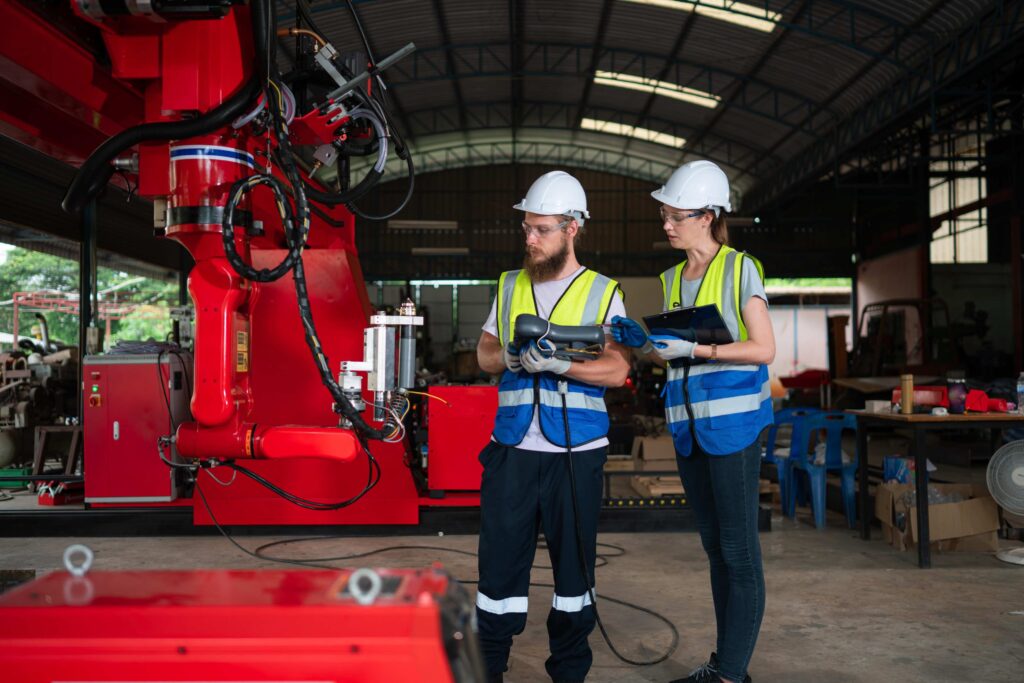
Key Steps in Accident Investigation
A good workplace accident investigation follows a clear path. Act quickly, stay organized, and focus on solutions. Here’s how:
- Secure the scene. Block off the area right after an accident at work. Keep evidence intact. For example, if a forklift tips over, if possible, don’t move it until you’ve got photos and notes.
- Gather facts. Talk to witnesses while memories are fresh. Ask: What did you see? What happened before? Avoid blame—focus on details.
- Analyze evidence. Look at equipment, schedules, and training records. Did a worn-out machine part fail? Was someone rushing to meet a deadline? Any concerns in the “Fit for Duty” area?
- Find the root cause. Dig deeper than “human error.” A worker slipping might point to an oil spill, poor lighting, or missing nonslip mats.
- Make a plan. Fix what broke. Update training, repair gear, or tweak processes. Test the fixes to ensure they stick. Don’t rely only on resumption of operations as your “test”.
- Share findings. Tell the team what happened, how you’ll prevent it in the future and ask for further suggestions to gain buy-in. Transparency stops rumors and builds confidence.
Each step matters. Miss one, and the next workplace accident might look eerily similar.
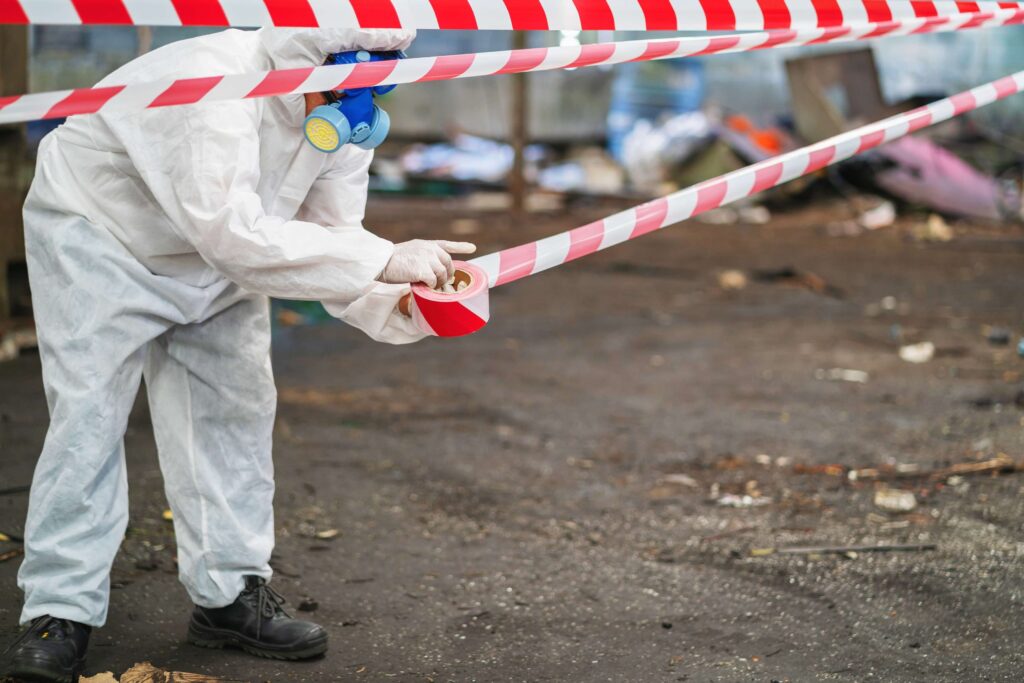
Common Mistakes to Avoid
Even with good intentions, investigations flop if you fall into one of these traps:
- Blaming people. Pointing fingers shuts down honesty. Workers clam up, and you miss the real story.
- Rushing it. A quick glance won’t cut it. Skipping details—like unchecked equipment—leaves risks lurking. Be thorough and try to take adequate time to document all findings.
- Ignoring small incidents. A near miss today could be a disaster tomorrow. Investigate every accident at work, big or small.
- No follow-through. Finding the cause isn’t enough. Fix it and test it otherwise the effort is wasted.
Avoid these pitfalls, and your accident investigation process stays sharp and effective.
Real-World Example: Toyota’s Gold Standard
Toyota nails workplace accident investigation. In 2019, a worker at their Kentucky plant got a minor hand injury from a press machine. Here’s how they handled it:
- Immediate action. They stopped production, cordoned off the machine, and brought in a safety team to conduct the investigation.
- Deep dive. Engineers tested the press. Supervisors interviewed the worker and three colleagues. They found a faulty sensor delayed the stop mechanism by half a second.
- Root cause fix. Toyota replaced sensors across all similar machines—not just the faulty one. They also added a weekly maintenance check.
- Team update. They held a plant-wide meeting, explained the issue, and trained everyone on new safety protocols.
Their comprehensive approach resulted in zero repeat incidents in five years! Toyota turned a small workplace accident into a big win. Their secret? Relentless focus on causes, not blame.
Tools That Make It Easier
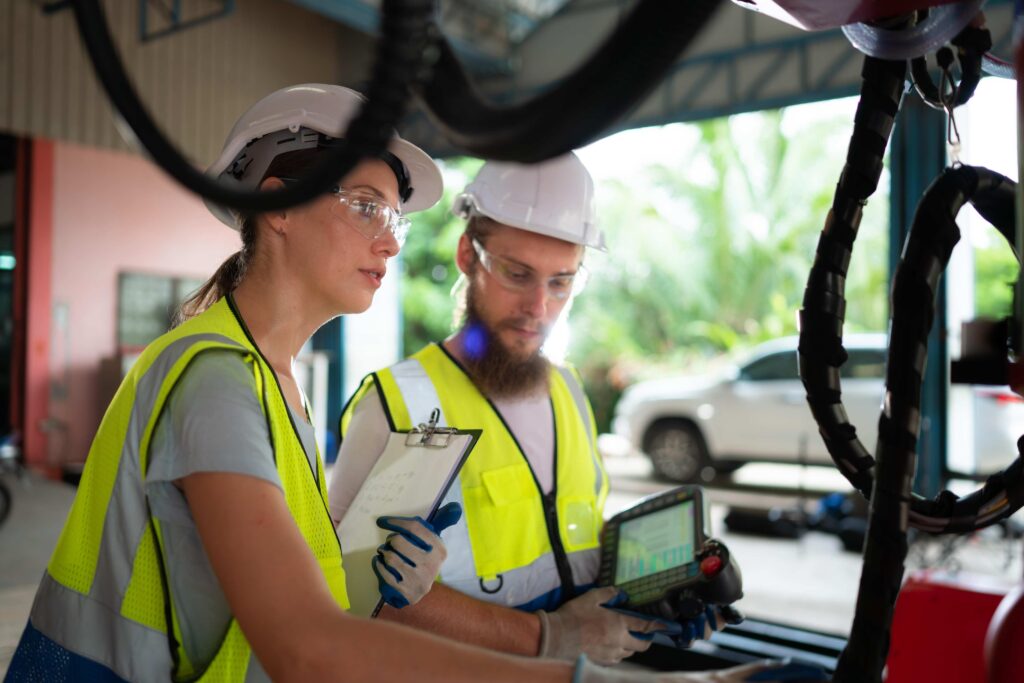
You don’t need fancy tech to investigate well, but some tools help. Use them wisely:
- Checklists. Keep a simple list: secure scene, interview witnesses, check equipment. It stops you from missing steps.
- Photos and videos. Snap the scene before anything moves. A picture of a frayed cord or cluttered walkway says more than words.
- Incident reports. Standardize forms so every accident investigation covers the same ground—time, place, witnesses, involved equipment, injuries.
- Training logs. Cross-check who’s trained and who isn’t. Gaps here often tie to accidents.
These keep your process tight and consistent.
The Bigger Picture
A strong workplace accident investigation does more than fix one problem. It builds a safer culture. Employees notice when you act and demonstrate that their well being is of paramount importance. They report hazards sooner translating into excellent risk management.
Consider this: OSHA data shows businesses with proactive safety programs see 52% fewer incidents. A direct result of concerted effort including accident investigation.
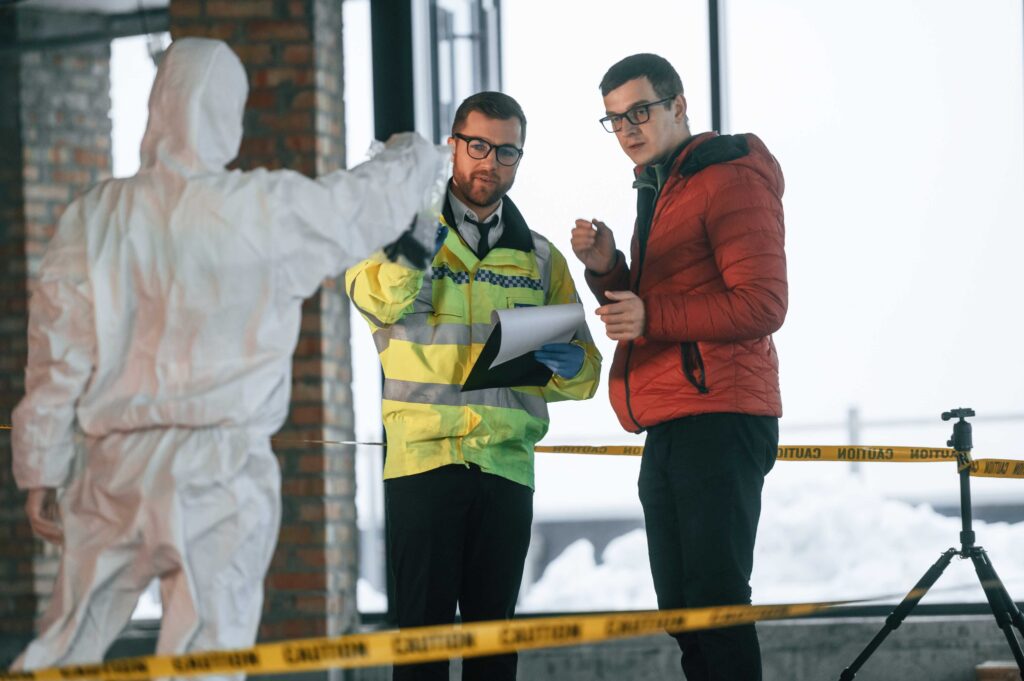
Wrap-Up
Investigating an accident at work isn’t optional. It’s a must. Done right, it protects people, saves money, and sharpens your operation. Secure the scene, dig for causes, and fix what’s broken. Learn from Toyota—focus on systems, not scapegoats.
Next time a workplace accident hits, don’t panic. Investigate. Act. Improve. You’ve got this.
FAQs:
Key Takeaways
- Act Quickly: Speed preserves evidence and shows commitment.
- Focus on Causes, Not Blame: Fix systems, not people.
- Learn and Improve: Every accident at work offers a chance to get better.







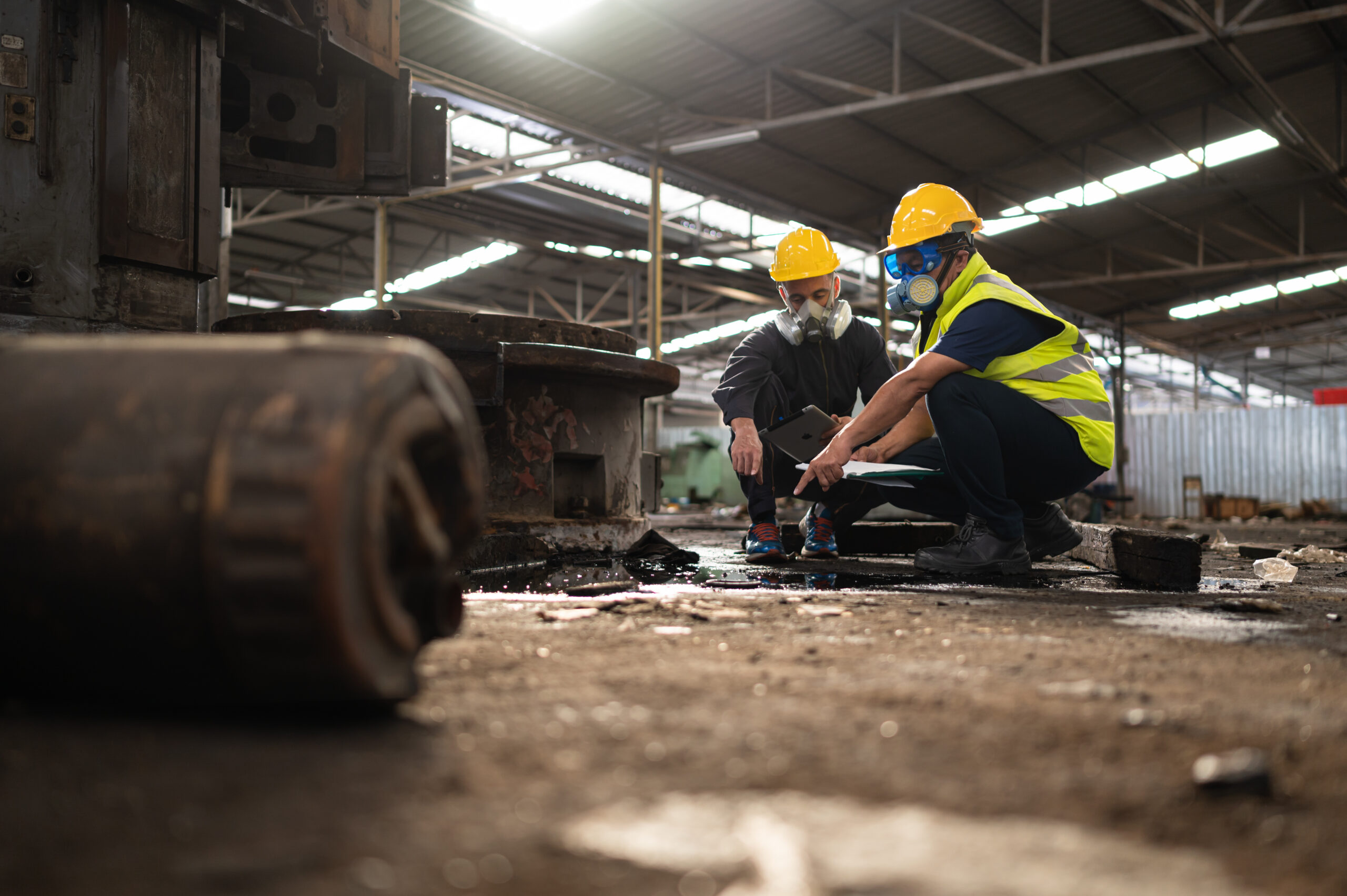
66zzz
Wasn’t sure what to expect but gave 66zzz a shot. See what you think at: 66zzz.